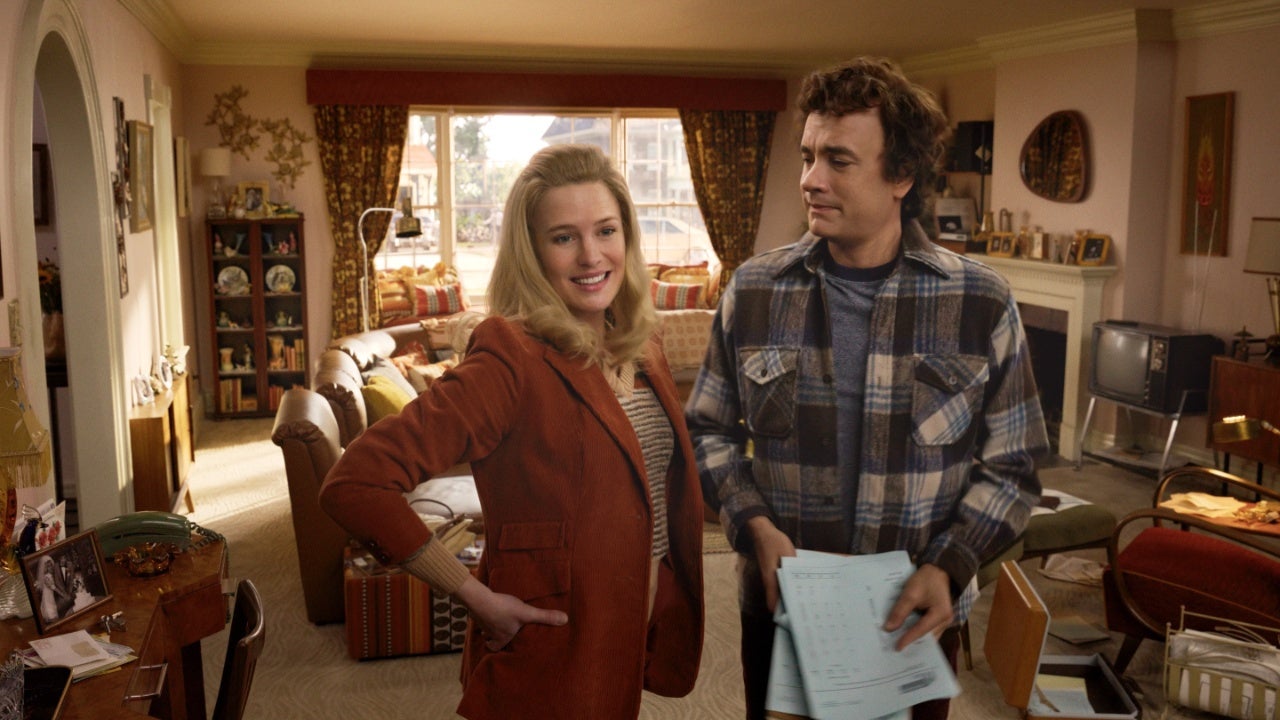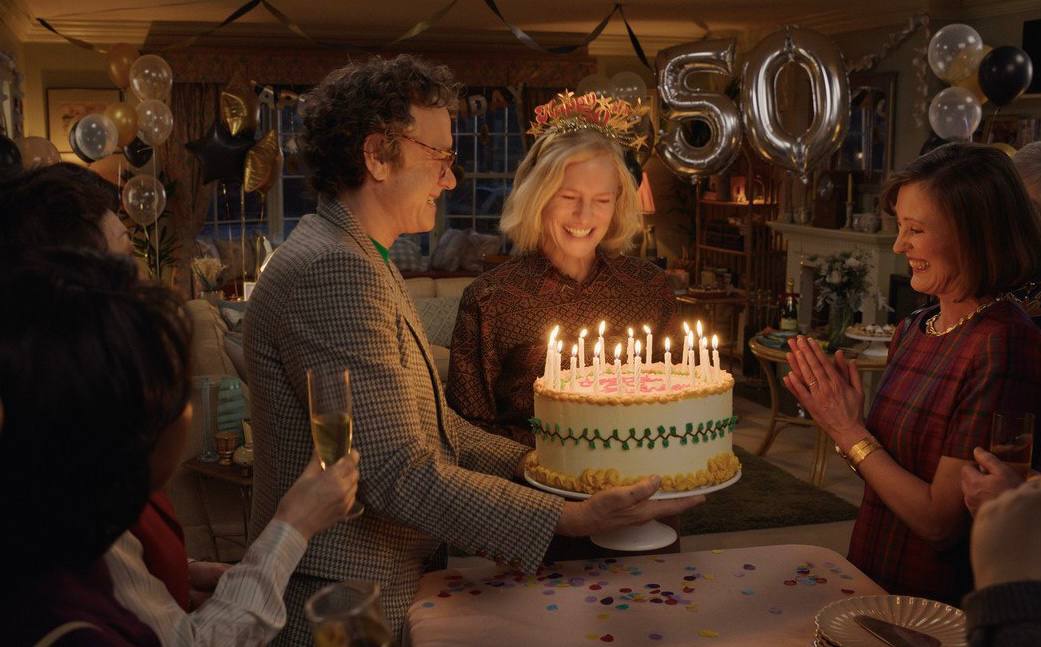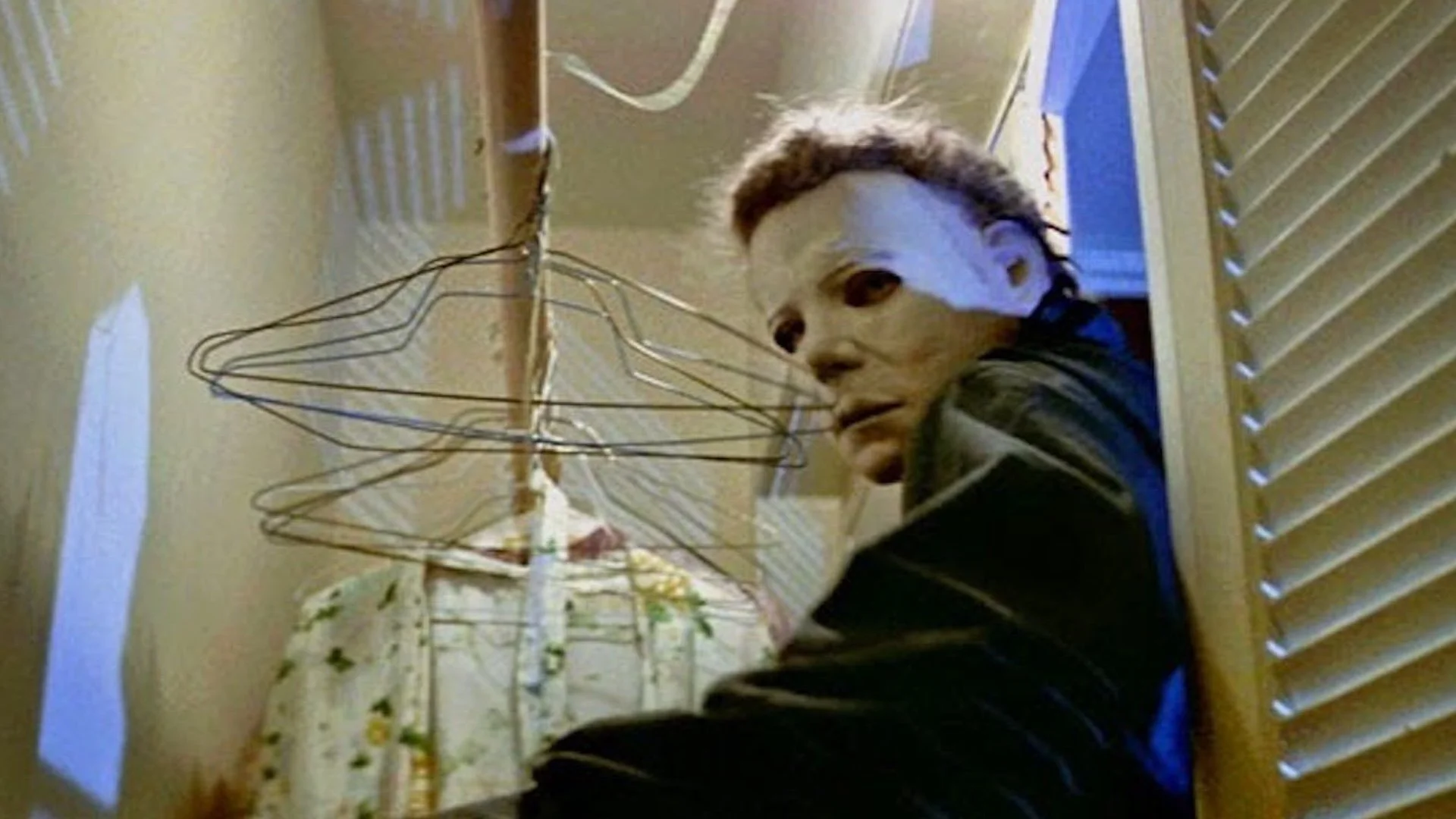Forrest Gump stars Tom Hanks and Robin Wright are reuniting after 30 years for the new movie Then. Now. Then” (“Here”) by Robert Zemeckis. The plot is based on Richard McGuire’s 1980s graphic novel of the same name, about a generation of families moving into a New England house. Tell us why Zemeckis’ comeback disappointed critics We are telling.
For starters, the oddity is that the entire action is “Then. Now. Then” takes place in a living room and is shot with a static camera. The main characters themselves live in America in the 50s, and their daily lives refer to Norman Rockwell’s paintings.
The story begins in prehistoric times when dinosaurs roamed the earth and extends from the colonial era of American slavery to the construction of the first house, where the entire story will take place. Shooting in one location is a bold experiment in itself, as it already limits the director’s dynamics, and the use of a wide-angle lens allows the viewer to focus on the very center of the frame. Therefore, a diorama effect is created and the space itself approaches a theater set.

According to David Rooney of The Hollywood Reporter, these visual effects are distracting and even make it difficult to focus on the story. Because of the time skips, it’s like you experience jet lag where you can’t concentrate on any of the family stories. Thus, Zemkis seems to sacrifice the plot and the emergence of characters for the sake of a beautiful picture, which deprives the story of depth. At the same time, the “revival” with the help of technology of the heroes Tom Hanks and Robin Wright, whose love story took up most of the screens, was also really successful.
In addition, the film superficially covers many important topics without fully exploring any of them. Particularly damaging is the story of the black family whose function appears to be “representative” but does not act. COVID-19 was also mentioned from the mouth of a Latin American maid. The issue of PTSD and alcoholism came up in another family who moved to a new house in 1945.

The Daily Beast’s Nick Schager called the Forrest Gump reunion odd and, paraphrasing a famous quote, described the CGI rejuvenation of the actors as “not the box of chocolates you want.” The idea of \u200b\u200bshowing a place that has “seen” many events and people’s lives seems nice, but in practice it turned out to be a series of clichés and banality. The transitions between the stories do not make it possible to connect or empathize with at least one of the characters. The main flaw is that Zemeckis fails to bring life to this area.
Likewise, Variety’s Peter Debruge states that the film, which is supposed to celebrate life, is completely devoid of it. The critic noted that Robert Zemeckis has always skillfully used technology in films such as “Who Framed Roger Rabbit” or “The Polar Express”, but this time his penchant for on-camera de-aging and other effects played a cruel joke on him. The reason is that the technology here exists for the sake of technology, not for character development. Instead of telling the story of the families in order, the chronological narrative “jumps around,” showing families in different periods doing the same things in rotation, as if to show that they are all the same, but this also “impoverishes” the story. It is also a shame that so little time is spent on the black family and the Native American family, who are shown purely symbolically.

UPI’s Fred Topel stated that the format made the film a simple recounting of events without any emotional connection. Moreover, due to the inconsistency, it is possible to understand only by details what time is being shown at the moment, for example, The Beatles album or a TV show on aerobics. For some reason “Then. Now. “Then” feels like a play, with scenes changing every 30 seconds, where characters discuss important events in the story. At the same time, full immersion and empathy for the characters themselves are not achieved. And the characters are “here” with or without reason, supposedly to emphasize the connection to the place Topel also condemned Zemeckis for freely retelling history: It’s one thing to superficially gloss over the politics of Benjamin Franklin, it’s another to create Leo Beekman, the inventor of La-Z-Boy chairs, for some reason. By Shoemaker and Edward Knabusch.
IndiWire’s Ryan Lattanzio compared Robin Wright and Tom Hanks’ failed anti-aging experiment to Martin Scorsese’s The Irishman: The actors playing the young couple wear digital makeup, but their physiques and gaits don’t match the plasticity of age and youthful faces. The same goes for sound. Considering that the actors are 30 years older than their characters, the tandem itself can be called successful. A lot of focus is placed on the Youngs, the couple Richard and Margaret played by Hanks and Wright. And the political statements in the film seem quite foreign; for example, when an African-American family moves into the Youngs’ house, where the father instructs his son on how to behave if you are detained by a police officer; This is a reference. The incident surrounding the death of George Floyd.
Source: People Talk
Errol Villanueva is an author and lifestyle journalist who writes for The Fashion Vibes. With a passion for exploring the latest trends in fashion, food, travel, and wellness, Errol’s articles are a must-read for anyone interested in living a stylish and fulfilling life.




